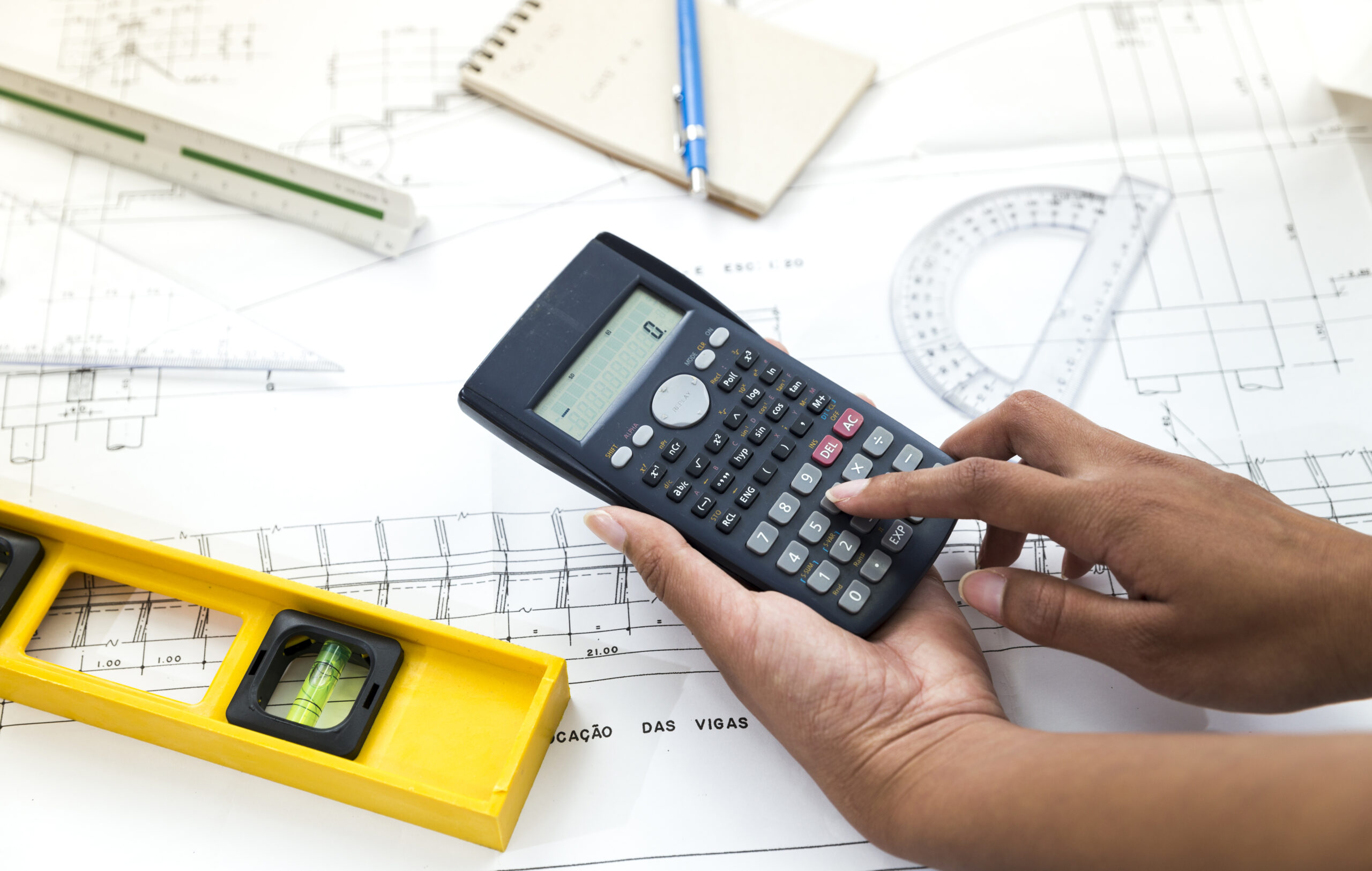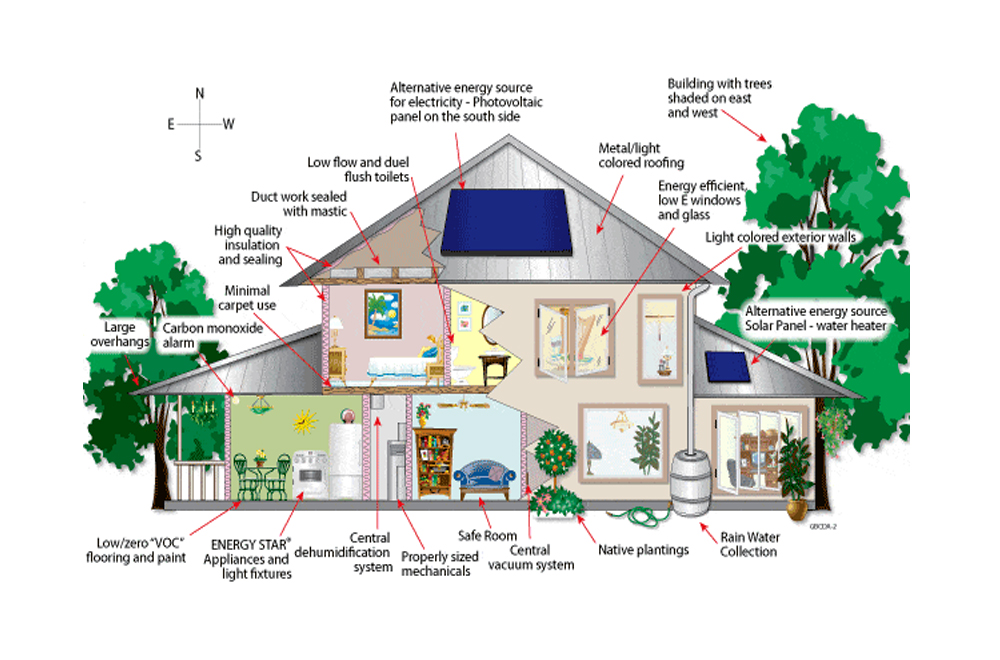In these uncertain times, one thing is for sure: the cost and availability of nearly everything can change overnight. When buying basics for your household, this might not be a major problem. After all, a gallon of gas sees regular price fluctuations. Even so, the price you pay to fill your family car with gas rarely fluctuates more than a dollar or two in a short period of time. Unfortunately, as a construction contractor, price differentials are a much larger problem. With profit margins so thin, small changes in price between estimating the project and completion can quickly cause a financial loss. Overall, this begs an important question: how can we be sure that our estimates are based on accurate materials costs? Let’s take a look.

Table of Contents
ToggleChallenges Facing Materials Cost Estimation
Before we look at the ways of ensuring our costs are up to date, let’s take a look at the problems that estimators face. In this case, we are primarily concerned about the way in which prices change over time, just as we would be with per-gallon gasoline costs. Knowing the correct amount of materials is less relevant to this discussion.
Commodities Prices
One of the big issues with any type of construction materials is commodities prices. Whether you need wood, stone, or metal these all have a price over which the manufacturers have little control. Manufacturers must purchase raw materials, for which they are competing on the world market. Besides this, there are trade rules and other geopolitical issues that influence pricing, even absent commodities markets. As the price of commodities changes, manufacturers must pass these differentials on to their customers.
Manufacturing Costs
Besides commodities prices, manufacturers have other costs such as labor, energy, and shipping. Once again, this can change the amount of money you pay for construction materials. Fortunately, these local conditions are easier for the typical manufacturer to control. They can try to be more energy efficient or shop around for the best deal on shipping. Nonetheless, significant disruptions can increase
Supply Chain Issues
Supply chains are something that most of us who are end users don’t think about much. However, the events of 2020 taught us just how bad things can get when supply chains are interrupted. For several months, it was difficult to get certain materials that used to be plentiful. Not only did this cause trouble for those construction companies who faced few interruptions in their work, but ordinary households had problems.
However, supply chain issues can be caused by other events, as well. For instance, there can be a war in certain regions where the manufacturer has a facility. Or, a labor strike can reduce the availability of necessary transportation. Fortunately, most of these issues are local or regional, rather than global. Whatever the reason for supply chain issues, however, prices are sure to go up as a result. Sometimes, these price hikes are rather sudden.
Inflation
Finally, we have to think about inflation. No matter how stable the price of a given commodity might be, everyone has to make a profit. Plus, the price of producing commodities increases over time. Luckily, in most situations we can predict inflation rates and their effect on materials pricing over time. Especially if you’ve been in business a while, internal records will help project changes. In other words, when it comes to keeping on top of materials prices, this factor is the least of our worries.
Make Sure You Know What Current Prices Are
Now that we understand the issues which can cause pricing changes for materials, let’s take a look at how to keep on top of them. Depending on the method you choose, some of them can be rather time consuming. In addition, there are some materials which are easier to track using different methodology. Finally, you won’t need to check pricing on every item at the same intervals, as some prices are more volatile than others.
Use historic invoicing data
Unless you are new to the contracting trade, one of the best tools for predicting future pricing is the invoices you’ve gotten recently. Most materials have relatively slow price fluctuations, because the price of the related commodities changes slowly. Plus, if you just bought that box of screws last week, there’s a good chance the price won’t have changed when you need more in a month.
To that end, it’s important that you keep careful track of each invoice, and what materials purchases it measures. While it might be tempting to pay the lumber yard for that load of plywood and file the invoice, you should always take the opportunity to mine it for information first. So, if you purchased 10 sheets of plywood, you shouldn’t only be aware of the total cost. Instead, extract the unit price for each piece. That should include both the purchase price itself and any taxes or delivery fees. This way, you can make adjustments as necessary.
Once this information is extracted for each invoice, you should enter it into an internal pricing list. This is your proprietary playbook, and ideally the manufacturer or supplier should be noted. More information on hand gives you more opportunities to see if money can be saved, as appropriate. Sometimes a supplier will be able to beat a competitor’s price. Alternately, extra information helps you differentiate between the price of a premium screw and the cost of a basic one.
Consult Commercial Pricing Books
Next, you should consider consulting the many commercial pricing resources that are available. Many experts tell you to beware of pricing books, because they are often inaccurate soon after printing. This is true, to a point. If a material is derived from a commodity that enjoys stable pricing, the demand is relatively flat, and supply chains are consistent, then chances are the books are closer to accurate. On the other hand, there are a lot of materials, such as electrical wire, where commodities prices are highly volatile. For these, you’ll want to look at multiple sources with recent data before arriving at a good estimate.
On the other hand, pricing books are a valuable resource because they list regional differences. Everyone knows that San Francisco is expensive and Toledo cheap, for instance. These regional listings will help you see how geographic location is likely to affect the prices paid. If you’re going to build something a little way outside of your normal territory, this can be especially valuable.
Pricing Databases Are More Current
Next, look into the commercial pricing databases. In particular, R.H. Means has developed a subscription-based database that is updated regularly. The same methods are used for the database as for the books. However, the more frequent updates mean that the information is more accurate. For this reason, a subscription database can help you even when you need the price of more volatile materials.
Another advantage of subscription databases is that you can sometimes pull the information into a software program. In particular, this can mean adding information from the database into an estimating tool, which then becomes part of your costing for a bid. We wouldn’t recommend doing this from books without checking, but database information is more recent. Even so, be sure that you are using the right regional pricing variation.
Check With the Manufacturer
While this is rarely necessary with an item you don’t plan on using a large quantity of for your project, checking with the manufacturer sometimes helps. Many experts say that the best time to use this strategy is when you need a large number of something, or if the project will be completed over a larger period of time. For instance, you might do this if you’re building a skyscraper or large apartment complex.
Why should you do this? Sometimes there are planned price hikes that suppliers don’t know about yet, or which they might not want to tell you about. Reasons for this are varied, and can include any of the pricing pressures discussed above. Here, you’ll ask specifically for planned price hikes. If they’ll tell you, also find out how much they intend to raise the price by. Going the extra mile can substantially increase your chances of making a profit on the project. When estimating, you can build price changes into the numbers, or include a differential provision in the contract.
Another thing you can find out by calling the manufacturer is if something will soon be discontinued. That might be useful information if the project owners have their hearts set on certain finishes or a particular model of kitchen cabinets. In that case, you can alert the owner that the items need to be purchased before they’re discontinued, or that they must select something else.
Look for Published Information From a Manufacturer
Yes, we’re talking about those “look what’s new” announcements in the trade journals. While that particular item might not help for staples like PVC pipe, it CAN be a lifesaver for kitchen appliances or bathroom fixtures. In addition, you might find that a newer product is helpful for getting the project done right, the first time. It might save your client money, or it could be an innovation.
However, these aren’t the only reasons for reading trade publications. Sometimes manufacturers will publicize pricing changes, so that nobody is surprised. Or, they might be trying to demonstrate that their product is more cost effective than the competition. Either way, this helps you keep track of what’s available and how much it costs.
Ask Suppliers Directly
Of course, it isn’t always possible to buy direct from the manufacturer. Many of them don’t allow this, and instead require purchases through designated distributors. For that reason, pricing bulletins from manufacturers won’t necessarily reflect the actual increase in what you pay, but only the wholesale figure. Suppliers will then apply their markup to the increased price.
However, asking suppliers will get an actual selling price. They’ll be able to tell you what the delivery costs are, if any, and how long it takes to get something delivered. If there are local transportation issues or supply chain disruptions, your supplier will be able to help you understand what these are. Finally, you can ask more than one supplier the same question to get competitive results. When there is more than one option, you might find that a certain supplier offers a better deal than the other one, and that these factors change over time.
Periodically Verify Information
All of this double checking sounds like a lot of work, and it is. Fortunately, you don’t usually need to do this constantly. Some materials have a high level of price fluctuations, while others are relatively stable. Here are some recent examples. Lumber was something that went up by a large margin in 2020, while rebar was almost flat. When it comes to lumber, supply chain disruptions were a major problem last year. At the same time, demand skyrocketed as people did a lot of home improvement. On the other hand, there weren’t a lot of industrial projects that require rebar.
What does this mean? If a contractor estimated using January 2020 numbers for lumber, and it was already June, then the company probably lost money. On the other hand, the rebar project in June using January numbers likely did fine financially. Pricing books were far less helpful last year than they normally are, at least with lumber.
On the other hand, if contractors estimated projects using current lumber pricing numbers last year, then they were more likely to be profitable. Because everyone was aware of the supply issues this year, there is a good chance that they took the step of checking pricing before running the numbers. Different years bring different challenges, but this is a good rule of thumb. Always know which materials are experiencing the most fluctuations, and be more careful when you need them.
Keeping up with material costs can be a challenge. Fortunately, by following these tips you and your company will have a better chance of accurately estimating materials costs. Best of all, this will boost your profits almost immediately.






